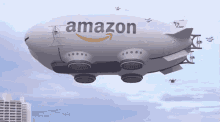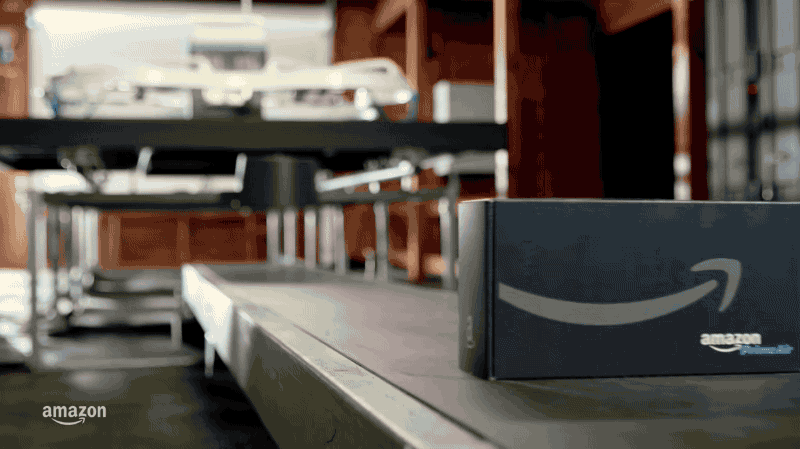

‘If I had to bet, I would say that the future of parcel delivery will be a mix of technologies, including both land-based and aerial unmanned delivery vehicles. He suggests drones won’t be the only solution for parcel delivery. ‘Rolling on wheels on the ground, albeit slower, is more energy efficient than flying an octocopter.’ For those, I think a ground-based autonomous delivery vehicle (which I call a ‘squirrel’) is a more likely candidate.’Īustralia Post is currently testing a ‘squirrel’ in the Brisbane suburb of Newfarm, and Dr Perez-Franco sees it as a step in the right direction. ‘Very heavy or large objects are unlikely to be moved via drone at all. The biggest limitation for drones is weight and size, explains Dr Perez-Franco. ‘The rules concerning flying drones around urban areas for delivery are not in place yet,’ Dr Perez-Franco says. There are hurdles that need to be addressed first, such as the state of Australian regulations. There is a level of safety and economy that needs to be reached for drone delivery to become more common.’

‘The ‘when’ will depend – obviously – on the speed of maturation of the technology. There are many people investing in this technology, and new patents are filed all the time by the likes of Amazon and Google,’ Dr Perez-Franco says. ‘I have no doubt that drones will be used for delivery in Australia and around the world. There is a tendency to overestimate these new technologies in the short term, and to underestimate them in the long term.’ĭrone delivery is a real possibility in Australia, it’s just the when and what that we don’t know yet. ‘Even in places where Amazon reigns supreme, like the US, drone delivery is not the norm. ‘I think we are many years away from seeing drone delivery becoming the norm for Amazon or any other retailer anywhere,’ Dr Perez-Franco says. We could be in for quite a wait, warns Dr Perez-Franco. There is however a pretty exciting future for chain logistics in Australia, and we can relax knowing that drone delivery is inevitable, eventually. Sadly, drone delivery won’t be here by Christmas, according to Deakin Senior Research Fellow with the Centre for Supply Chain and Logistics, Dr Roberto Perez-Franco.

With Christmas around the corner, and Amazon arriving on our shores, will kids be watching the sky for drones rather than reindeer this Christmas Eve? It’s the stuff of 80s sci-fi movies, the future we imagined we’d have. The layoffs come only two months after the company unveiled a redesigned drone that could fly further than its predecessor and withstand light rain.Delivery by drone is an irresistible idea. Amazon began doing so in Lockeford, California, and College Station, Texas, just a few weeks ago.Ī spokesperson declined to tell CNBC how many Prime Air workers Amazon has let go.

After years of testing, the company finally gained approval from the Federal Aviation Administration in 2020 to start delivering orders by drone. In 2013, Amazon founder CEO Jeff Bezos announced a plan to start delivering packages by drone within 30 minutes. Headcount reductions were seemingly expected given the many struggles that the drone delivery group has endured over the years. Around half of the employees at the test site were reportedly let go. Workers at multiple locations have been dismissed, it has been claimed, including at Amazon's Seattle headquarters and a drone testing facility in Oregon. Employees in the drone delivery department's design, maintenance, systems engineering, flight testing and flight operations teams are said to have been laid off. Prime Air employees learned about the cuts on Wednesday, according to CNBC. The latter's drone delivery program was just starting to gain traction after commencing deliveries in test markets and unveiling a new model, but the layoffs have reportedly had a significant impact on that team. The move has hit certain divisions hard, including Comixology and Prime Air. Earlier this month, Amazon confirmed plans to lay off around 18,000 workers.


 0 kommentar(er)
0 kommentar(er)
